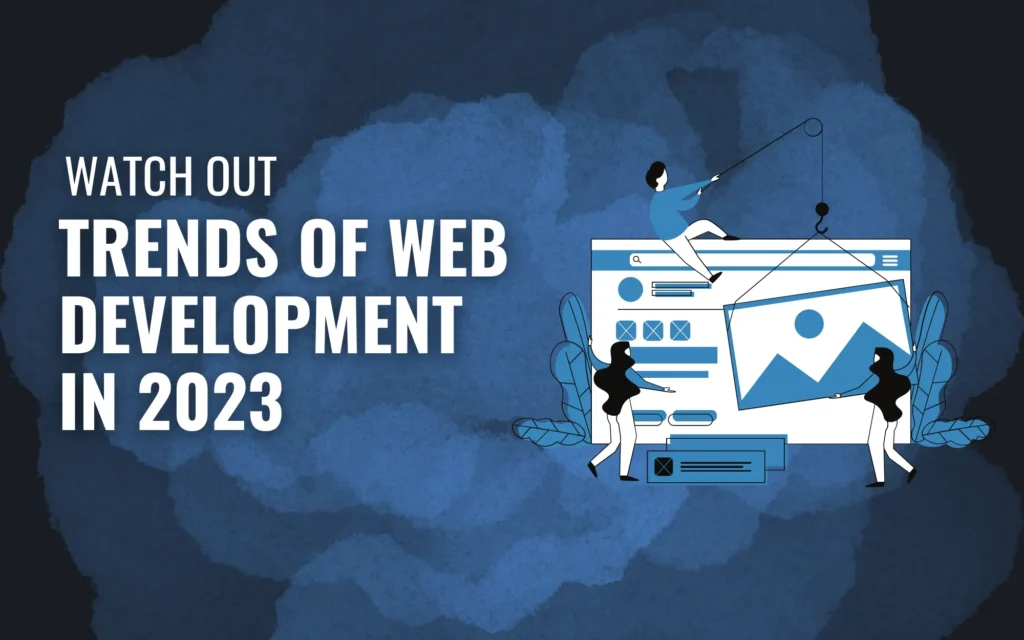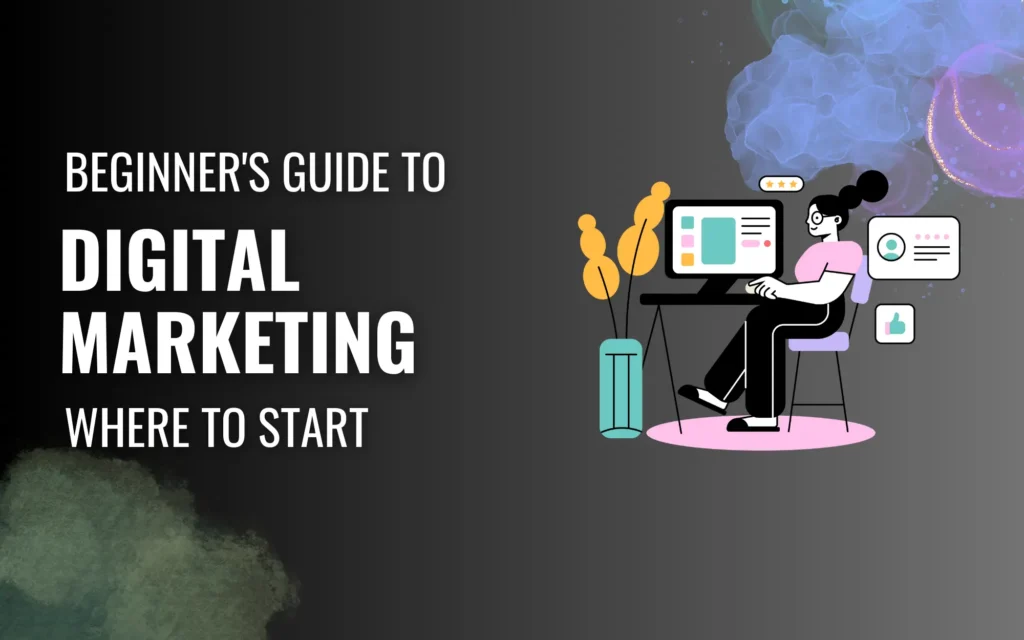Search engine optimization (SEO) is a vital part of web development. In today’s online world, having a website is not enough; you need to ensure that your website is easily discoverable by search engines like Google, Bing, and Yahoo. SEO helps you achieve this by optimizing your website’s content and structure to rank higher in search engine results pages (SERPs). In this blog post, we’ll explore the role of SEO in web development and why it’s essential to integrate SEO into your web development process.
What is SEO?
SEO is the practice of optimizing your website to improve its ranking in search engine results pages (SERPs). This involves a range of techniques, including keyword research, on-page optimization, link building, and content creation. The primary goal of SEO is to increase your website’s visibility and drive more organic traffic to your site.
Why is SEO important for web development?
SEO is critical for web development because it helps ensure that your website is visible to search engines and users. Here are some reasons why SEO is essential for web development:
- Increases visibility
Search engines are the primary way that people discover new websites. If your website doesn’t rank well in search engine results pages, it’s unlikely that people will find it. By optimizing your website for SEO, you can increase its visibility and attract more organic traffic to your site.
- Improves user experience
SEO is not just about ranking higher in search engine results pages; it’s also about creating a better user experience. By optimizing your website’s structure and content, you can make it more user-friendly and easier to navigate, which can improve your bounce rate and increase the time that users spend on your site.
- Boosts credibility
Ranking higher in search engine results pages can also boost your website’s credibility. Users tend to trust websites that appear at the top of search engine results from pages more than those that appear lower down. By ranking higher in search engine results pages, you can increase your website’s credibility and attract more qualified leads to your site.
- Increases ROI
SEO can also help you achieve a higher return on investment (ROI) for your web development efforts. By optimizing your website for SEO, you can attract more qualified leads to your site and convert them into customers. This can lead to a higher ROI for your web development efforts and a more successful online business.
How to integrate SEO into web development
Integrating SEO into your web development process involves several steps. Here are some key steps to consider:
- Conduct keyword research
Keyword research is the process of identifying the keywords and phrases that people use to search for products or services in your industry. By identifying these keywords, you can optimize your website’s content and structure to rank higher in search engine results pages.
- Optimize your website’s structure
Optimizing your website’s structure involves making sure that your website is easy to navigate and that your pages are well-organized. This can include creating a clear hierarchy of pages, using descriptive URLs, and creating an XML sitemap.
- Optimize your website’s content
Optimizing your website’s content involves making sure that your pages contain high-quality, relevant content that includes your target keywords. This can include creating compelling headlines, using header tags, and including images and videos.
- Build high-quality backlinks
Backlinks are links from other websites that point to your website. Building high-quality backlinks can help improve your website’s credibility and increase your ranking in search engine results pages. This can include creating high-quality content that other websites are likely to link to, as well as reaching out to other websites to request backlinks.
Conclusion
SEO is a critical part of web development. By optimizing your website for SEO, you can increase its visibility, improve the user experience, boost















